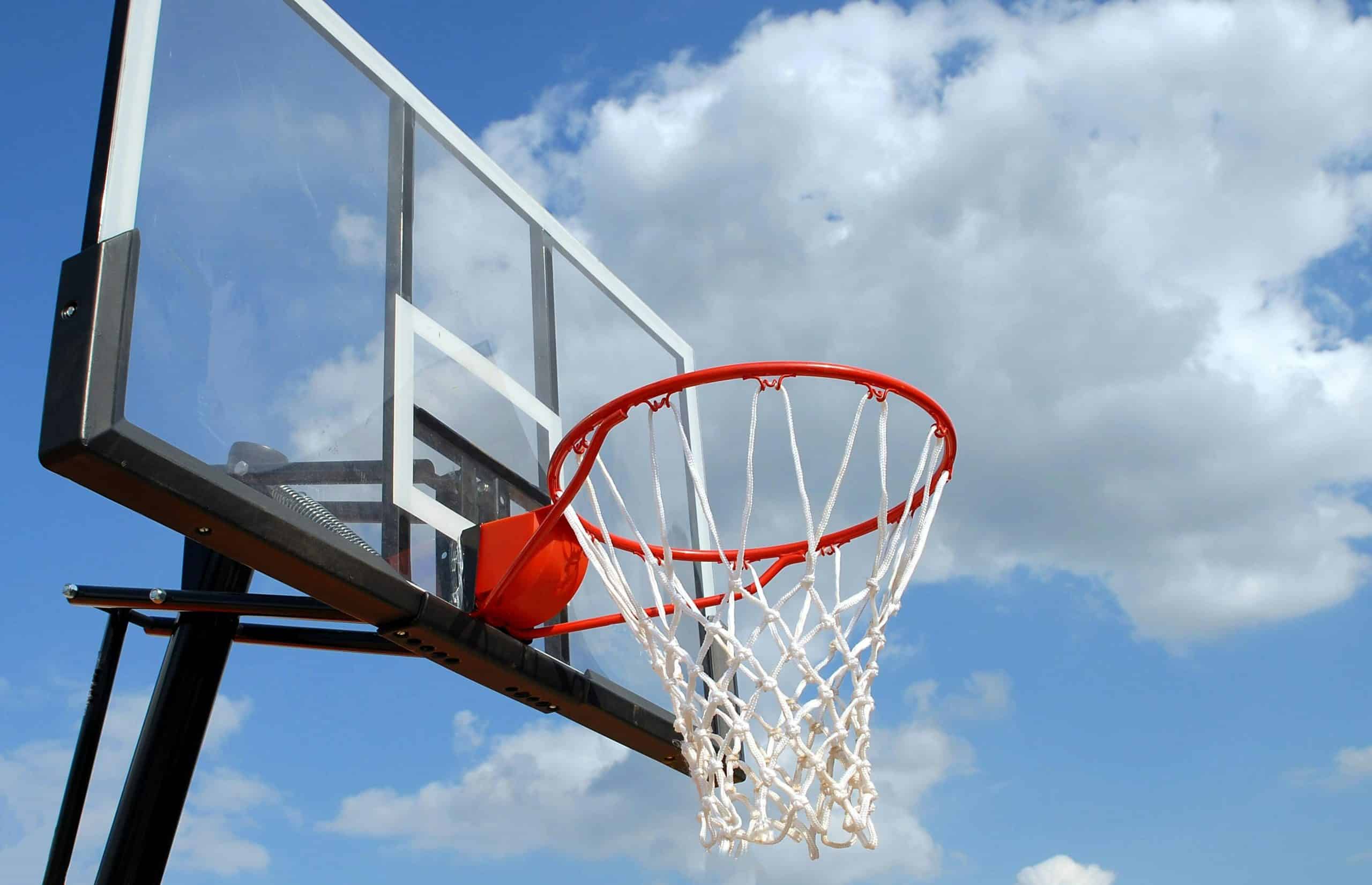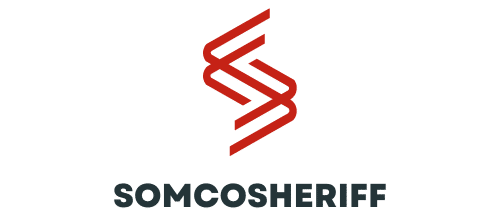How Can Biofeedback Training Enhance Free Throw Accuracy in Basketball Players?

Basketball, being one of the most popular and widely played sports around the globe, is a game requiring a high level of skill, resilience, coordination, and strategy. A crucial skill in the game of basketball is the accuracy of free throws. Free throws can often dictate the victor in a close match, emphasizing their importance in the sport. But how can players improve their free throw shooting efficiency? An emerging trend in sports training offers exciting possibilities. This new frontier is known as biofeedback training.
Today, let’s delve into how biofeedback training can enhance free throw accuracy in basketball players.
Avez-vous vu cela : How Can Virtual Reality Tech Improve Tactical Decision-Making in Hockey Goalies?
What is Biofeedback Training?
Biofeedback training is a process that enables an individual to learn how to change physiological activity for the purposes of improving health and performance. Precise instruments measure physiological activity such as brainwaves, heart function, breathing, muscle activity, and skin temperature. These instruments rapidly and accurately ‘feed back’ information to the user. The presentation of this information — often in conjunction with changes in thinking, emotions, and behavior — supports desired physiological changes. Over time, these changes can endure without continued use of an instrument.
Biofeedback methods have been utilized in various fields, from managing stress and anxiety to enhancing performance in sports. In the context of basketball, biofeedback training can be particularly useful in improving a player’s free throw shooting accuracy.
Avez-vous vu cela : What Are the Ethical Considerations for the Use of Performance-Enhancing Wearables in Sports?
The Connection Between Biofeedback and Free Throw Shooting
Every sport requires a certain level of motor skill proficiency, and basketball is no different. Players must be able to perform a variety of motor tasks, such as dribbling, catching, passing, and shooting. Among these, shooting, specifically free throw shooting, is heavily influenced by a player’s physiological and psychological state.
During a free throw, a player’s heart rate, muscle tension, and even brainwave activity can impact their shooting performance. Too much tension in the shooting arm can lead to a missed shot, while increased heart rate due to pressure can affect a player’s focus. Therefore, teaching players to control these physiological parameters through biofeedback training can significantly improve their free throw accuracy.
Practical Application of Biofeedback in Basketball
In practical terms, basketball players can use biofeedback training to monitor their heart rate, muscle tension, and brainwave activity during free throw practice. For example, a player may utilize a heart rate monitor to track their heart rate just before they shoot a free throw. If their heart rate is too high, they can practice calming techniques to lower it before taking their shot.
Similarly, electromyography (EMG) biofeedback can be used to measure muscle activity. Players can aim to maintain an optimal level of muscle tension in their shooting arm during free throws. If the EMG feedback indicates too much tension, the player can practice relaxation exercises to reduce it.
Brainwave biofeedback (also known as neurofeedback) can help players achieve a state of ‘flow’ or ‘being in the zone’. This is a mental state where individuals are fully immersed in the activity they are performing, leading to increased performance.
Empirical Evidence Supporting Biofeedback Training in Sports
Several studies and tests have been conducted to analyze the efficacy of biofeedback training in sports. Research shows that athletes trained with biofeedback techniques demonstrate improvement in their performance.
In the context of basketball, a study conducted on two groups of basketball players demonstrated the effectiveness of biofeedback training. One group was trained using traditional methods, while the other used biofeedback techniques. The study found that the group that received biofeedback training significantly improved in their free throw shooting accuracy compared to the group that didn’t receive biofeedback training.
While more research is needed to fully understand the potential of biofeedback training in sports, these results indicate a promising future for its application in basketball and other sports.
Despite the challenges, it’s clear that the potential of biofeedback training in improving free throw shooting in basketball is immense. The fusion of sports and technology opens up new avenues for players to improve their skills and performance. With continued research and study, biofeedback training holds the potential to revolutionize the way athletes train and perform in the future.
Biofeedback Training: A Progressive Approach to Sports Performance
The notion of biofeedback training as a substantive tool for enhancing sports performance is swiftly gaining traction amongst athletes and coaches. This technique, as earlier mentioned, enables individuals to learn and modify their physiological activities to improve their health and performance. To achieve this, precise instruments are used to measure a range of physiological activities including heart rate, brainwaves, muscle activity, and skin temperature. The recorded data is then ‘fed back’ to the user, offering real-time insights on their physiological state.
In basketball, this information can be crucial in determining the success of free throws. The physiological state of a player during a free throw attempt can greatly influence the outcome. By harnessing the power of biofeedback training, a player can track their heart rate, monitor muscle tension, and even observe brainwave activity in real time, thereby enabling them to make necessary adjustments to enhance their free throw shooting performance.
For instance, a player can utilize a heart rate monitor to track their heart rate just before they shoot a free throw. If their heart rate is too high, they can practice calming techniques to lower it before taking their shot. Similarly, muscle activity can be measured using electromyography (EMG) biofeedback. By maintaining an optimal level of muscle tension during free throws, a player can significantly improve their shooting performance.
Furthermore, brainwave biofeedback, also known as neurofeedback, can assist players in achieving a state of ‘flow’, or ‘being in the zone.’ This mental state, characterized by full immersion in the activity at hand, can lead to improved performance and increased free throw accuracy.
Conclusion: The Future of Biofeedback Training in Basketball
With the advent of advanced technologies in sports training, biofeedback training is poised to revolutionize how basketball players improve their free throw accuracy. As evidenced by a study published in Google Scholar, basketball players who trained using biofeedback techniques showed substantial improvement in their free throw shooting performance compared to control groups that did not receive biofeedback training.
The ability to track physiological parameters in real time and make necessary adjustments is a game-changer for athletes. They can now monitor their heart rate, muscle tension, and even brainwave activity to optimize their motor learning and shooting performance. This empowers them to take control of their physiological state, enabling enhanced focus and precision during free throws.
However, it’s important to note that while the benefits of biofeedback training in sports are promising, more research is needed to fully explore and understand its potential. As with any new approach, it should be used in conjunction with traditional training methods to maximize benefits.
In conclusion, the potential of biofeedback training in improving free throw shooting accuracy in basketball players is immense. The fusion of sports and technology opens up new avenues for players to improve their skills and performance. With continued research and study, biofeedback training holds the potential to revolutionize the way athletes train and perform in the future. It’s an exciting era for the world of sports science and for basketball players striving to maximize their free throw accuracy.
